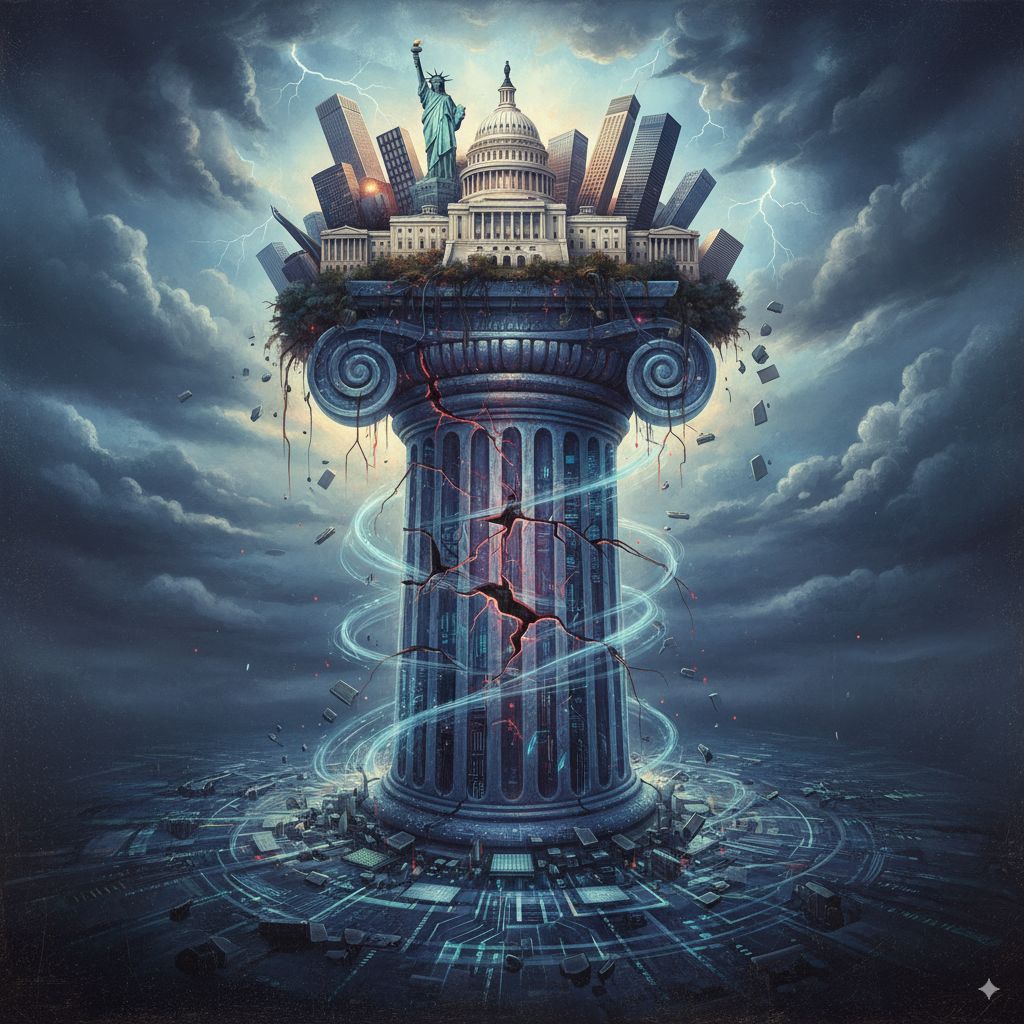Introduction
The AI industry is now the main driver of US economic growth, but its potential collapse could drag down the entire system. In 2025, the tech sector dominates financial markets, yet real benefits for ordinary people remain limited.
Context
The S&P 500's 24% growth in 2024 was almost entirely fueled by the "magnificent seven" (Meta, Amazon, Google, Microsoft, Nvidia, Tesla, Apple). These companies invested about $560 billion in AI, but direct revenue from the sector is only $35 billion. The AI boom has inflated the stock market, masking underlying stagnation.
Direct definition
The AI industry props up US economic growth, but the gap between investment and revenue creates systemic risks.
The Problem / Challenge
The main risk is that if AI fails, the economy will suffer a significant blow. Pressure on executives to show results leads to layoffs and creative accounting, without real gains. Productivity may drop while unemployment rises, repeating mistakes from the 1980s tech boom.
Solution / Approach
To avoid crisis, a more realistic assessment of AI's impact and diversified investments are needed. Companies should focus on truly productive AI applications, not just financial hype.
Conclusion
AI is both a lifeline and a smokescreen for the US economy. If current trends persist, the risk of a crisis similar to the 1970s is real: a few tech giants control the market, while the population faces stagnation and growing inequality.
FAQ
- How does the AI industry support the US economy?
Massive AI spending has boosted GDP and financial markets, offsetting stagnation in other sectors.
- What risks come with an AI industry collapse?
An AI failure could trigger layoffs, lower productivity, and widespread economic stagnation.
- Why is AI revenue lower than investment?
Many AI applications do not generate real profits, while investments are driven by expectations and hype.
- Which sectors are most vulnerable to AI risk?
Non-tech sectors like energy and consumer goods show declining profits and rely on AI-driven growth.
- Can the AI crisis repeat the 1980s tech bust?
Yes, as with the computer boom, layoffs and productivity drops may occur without real benefits.
- How can companies mitigate AI risk?
By investing in truly productive AI solutions and diversifying technology strategies.
- What is AI's impact on economic inequality?
AI increases wealth concentration among a few tech giants, worsening inequality.
- Does the stock market reflect real economic health?
No, the AI boom hides widespread stagnation among non-tech companies.
